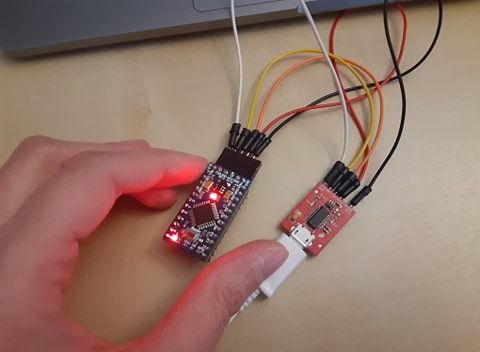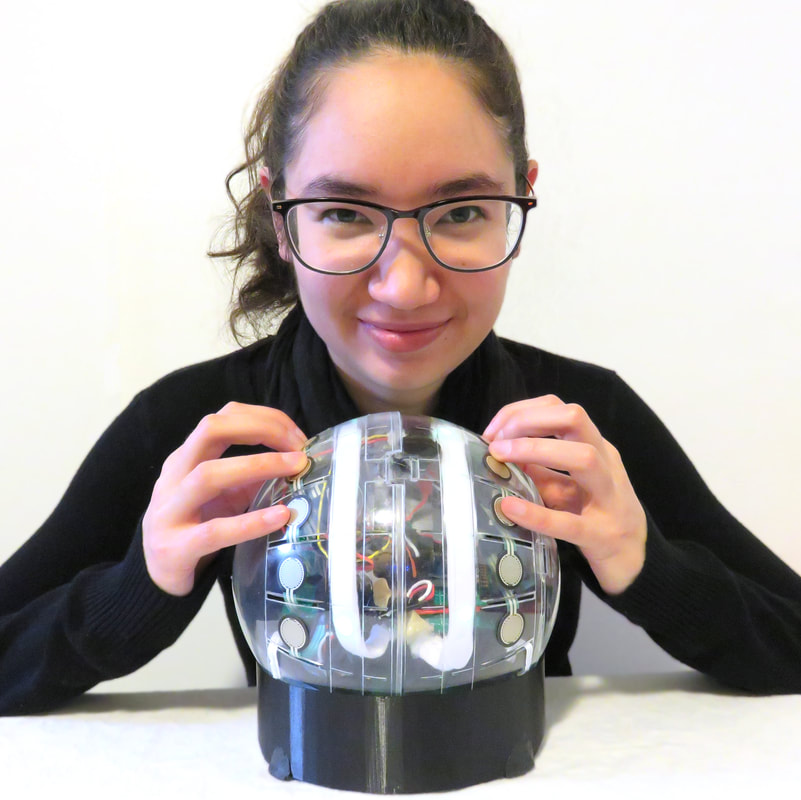|
I figured out pretty quickly that I had the wrong kind of FDTI adapter for my Arduino Pro Minis. So I went to Solarbotics to pickup a Sparkfun one. And it works! But only if I plug it into the back port on my laptop. If I plug it into the other port, it is not recognized weird! But, the good news is, I'm able to program my Minis and they all work!
I have two different tilt sensors, one I found among my stash of goodies and I'm not sure where it came from. The other I ordered from Solarbotics before I knew that I actually already had a tilt switch. When at rest it output 0s. When I tilted it, it was supposed to output a 1, but instead it spat out several 1s in a row. That's ok, by what I can tell, it can still be used for detecting shakes/tilts very well. It might be good to combine it with a very jittery, annoying IMU that does not go freeze when at rest. Although, this depends on how it is used and played with, as it might actually not be a good idea, depending on how it is played.
I also compared my two triple axis accelerometers: LIS3DH and the ADXL337. The LIS3DH was very jittery, similar to when I used the LSM9DS1. It plugs into the SDA and SCL. When I saw what it was doing in Max, it was mostly giving me approximately 1, 0, and -1 for each axis. I added the [round] object to make it exactly 1, 0, -1. It made me realize that I should go back to the augmented props that have the LSM9DS1 and see if the [round] object would improve them. Since the data is jittery and it is a very small range, I would not recommend this sensor if you want to get a smooth range of data. The ADXL337 was a little jittery, but not too bad. It probably could be smoothed out with some averaging. It's raw data was approximately around the 300s. It plugged into 3 analog pins, one for each axis. So I wouldn't recommend this sensor if you need a lot of analog pins for other sensors. It isn't as clear about which axis is turning, or when it hit each 45 degree angle. But it gave more of a range of data for each axis, so it would be better for that. April 6 Edit: I don't know what I was thinking about the LIS3DH. It works great.
0 Comments
Leave a Reply. |
Welcome!If you are looking for a summary for my Masters thesis, it is here. Archives
November 2022
Categories |

 RSS Feed
RSS Feed

